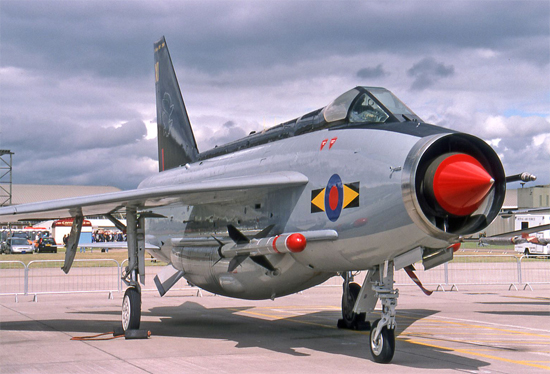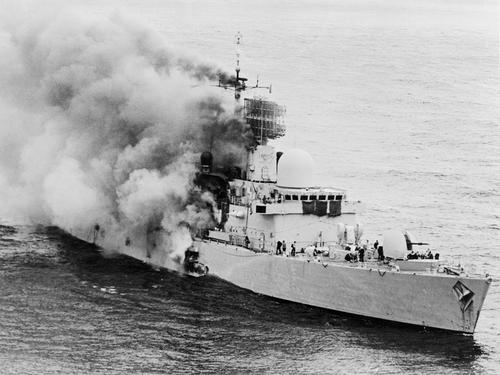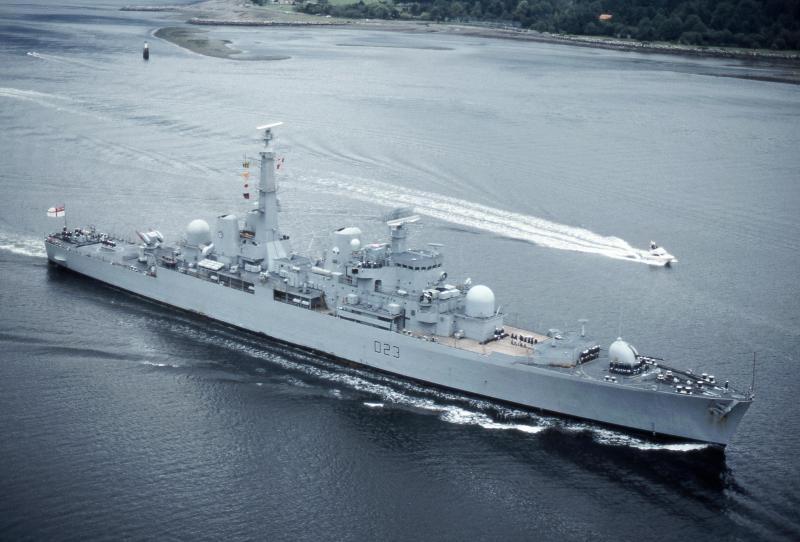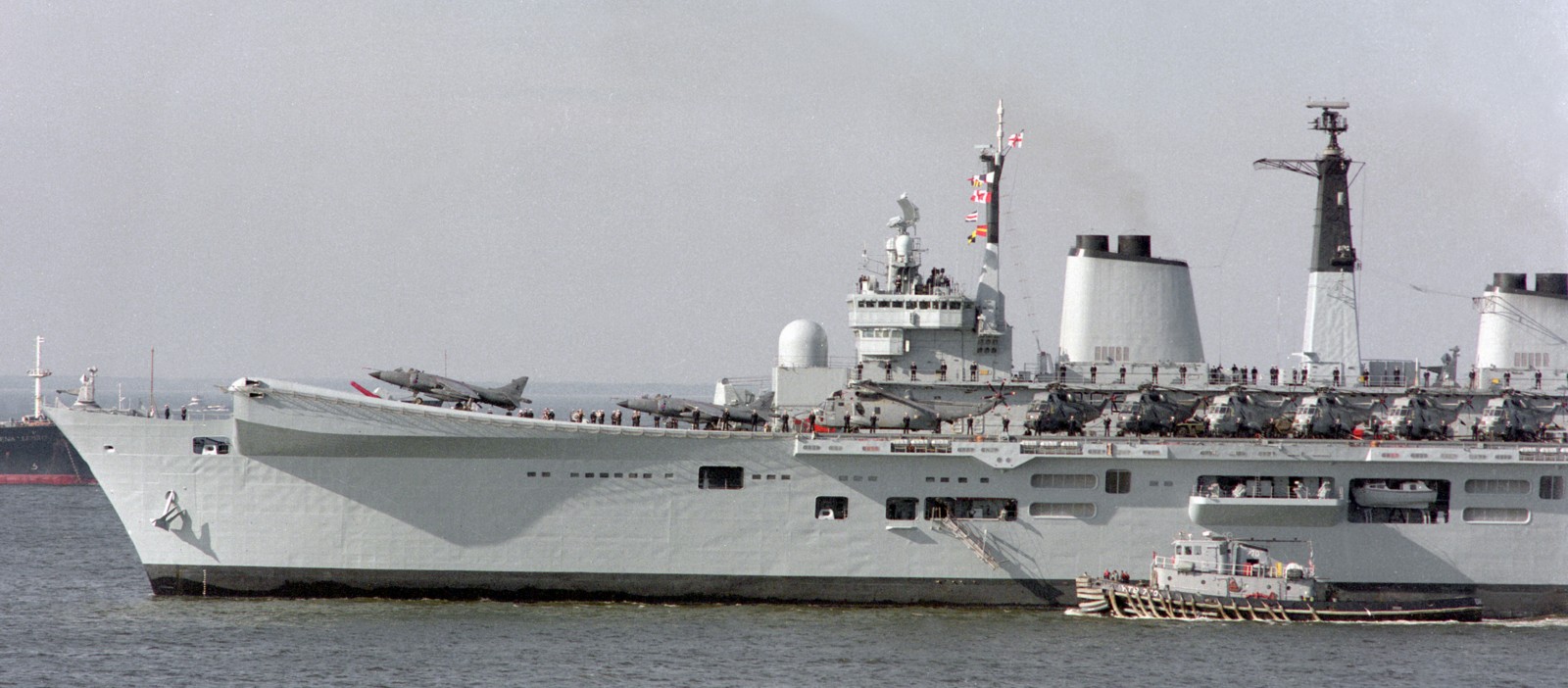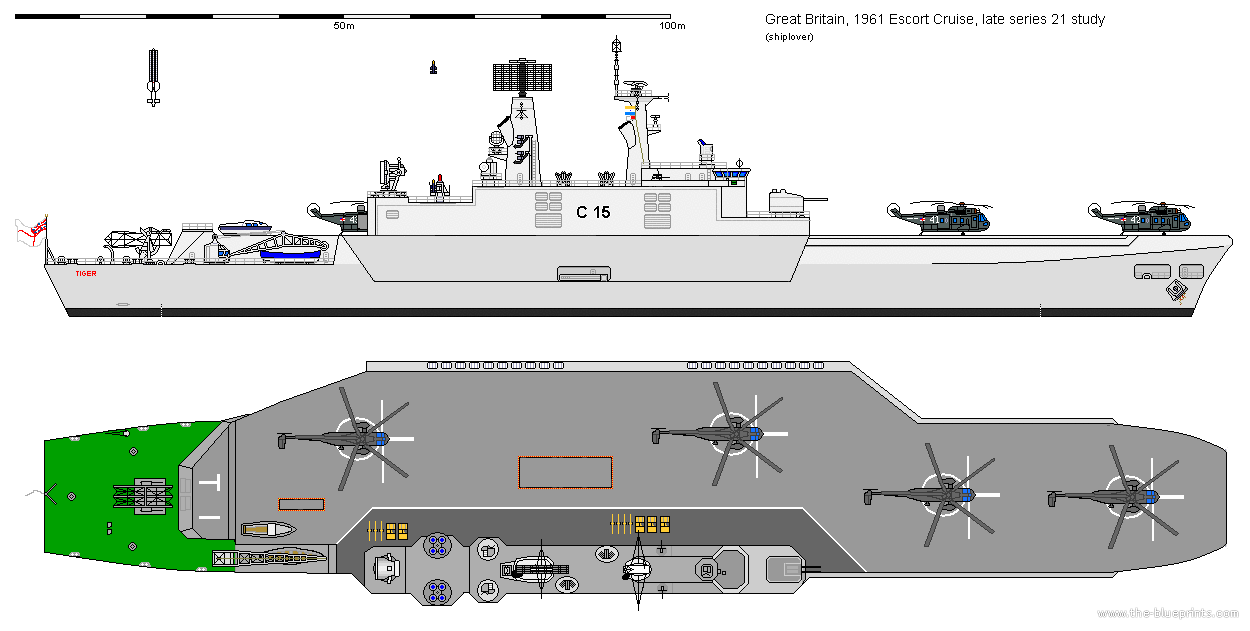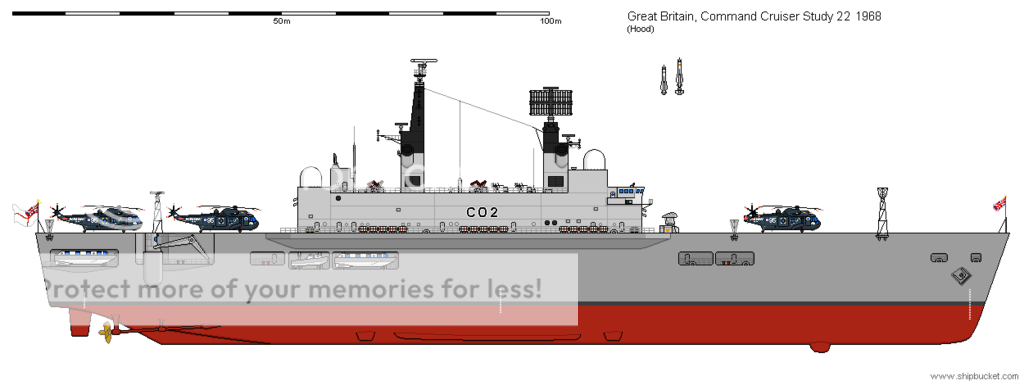Evolution of the RAF Transport Force 1957-75 not including helicopters and communications aircraft.
Actual Position 30/06/1957 - 112 aircraft (48 LRT, 24 HF and 44 MRT) in 13 squadrons
Transport Command - 64 aircraft in 7 squadrons
30 Hastings in 3 LRT squadrons
10 Comets in one LRT squadron
24 Beverleys in 3 HF squadrons
Middle East Air Force - 28 aircraft in 3 squadrons
AHQ Levant
8 Hastings in one LRT/HF squadron
8 Valettas in one MRT squadron
British Forces Arabian Peninsular
12 Valettas in one MRT squadron
Far East Air Force
24 Valettas in 3 MRT squadrons
Source: National Archives File AIR02/14707/300150 Plan L
Actual Position 31/03/1964 - 164 aircraft (130 MRT and 34 Strategic Transport) in 16 squadrons
Transport Command - 96 aircraft (62 MRT and 34 Strategic Transport) in 8 squadrons
23 Britannias in 2 Strategic Transport squadrons
11 Comets (6 C Mk 2 and 5 C Mk 4) in one Strategic Transport squadron
30 Hastings in 2 MRT squadrons
8 Beverleys in one MRT squadron
24 Argossies in 2 MRT squadrons
Near East Air Force (formerly AHQ Levant)
6 Hastings in one MRT squadron
Air Forces Middle East (formerly British Forces Arabian Peninsular) - 26 aircraft in 3 squadrons
12 Beverleys in 2 MRT squadrons
14 Argossies in one MRT squadron
Far East Air Force - 36 aircraft in 4 squadrons
12 Hastings in one MRT squadron
8 Beverleys in one MRT squadron
10 Argossies in one MRT squadron
6 Valettas in one MRT squadron
Source: National Archives File AIR20/11708/68770 Plan P
These are the first squadron patterns I have that are after the 1957 Defence Review and they are also the ones that were in force when the TSR.2, P.1154 and HS.681 were cancelled. The transport force was the only part of the RAF that was larger after the 1957 Defence Review.
In Plan P the transport force planned for 31/03/1975 was 102 aircraft (58 MRT and 44 Strategic Transports) in 11 squadrons
Transport Command 70 aircraft in 8 squadrons
15 Britannias in 2 Strategic Transport squadrons
4 Comet Mk 4 in one Strategic Transport squadron
8 Belfasts in one Strategic Transport squadron
13 VC.10s in one Strategic Transport squadron
4 Strategic Transport Replacements
26 HS.681 in 3 MRT squadrons
Near East Air Force
6 Argossies in one MRT squadron
Air Forces Middle East
12 HS.681 in 2 MRT squadrons
Far East Air Force
14 HS.681 in 2 MRT squadrons
Part of the reason for the reduction in the number of Britannias, Comets, Belfasts (from the 10 ordered) and VC.10s (from the 14 ordered) is that no backing aircraft were provided for the Unit Equipments they were therefore patterned as wasting assets by applying S.D.98 wastage rates. Although the source does not say so the Strategic Transport Replacement was to satisfy Air Staff Operational Requirement No. 364 (ASR.364) for an aircraft to replace the Britannia. There were to have been 21 Britannias on 31/03/1974 so it looks as if 2 ASR.364 replace 3 Britannias. That also fits in with other documents I have saying that 15 C-5 Galaxies were planned to replace the 23 Britannias.
None of the 31 Andovers planned had been delivered at this point and in Plan P they were classed as Short Range Transports (SRT). At 31/03/1964 the fixed wing SRT force consisted of:
20 aircraft (4 Pembrokes and 16 Twin Pioneers) in 3 squadrons in AFME
19 aircraft (9 Pembrokes and 10 Twin Pioneers) in one squadron in FEAF
The planned fixed wing SRT force for 31/03/1975 was:
8 aircraft (4 Andovers and 4 S.R.T.V.T.O.L.) in one squadron in Transport Command
16 aircraft (8 Andovers and 8 Twin Pioneers) in 2 squadrons in AFME
16 aircraft (8 Andovers and 8 Twin Pioneers) in one squadron in FEAF
The MRT and Strategic Transport forces that existed on 31/03/1975 were remarkably similar from the force planned in March 1964. There were:
5 strategic transport squadrons (2 Britannia, one Belfast, one Coment and one VC.10) in No. 46 (Transport) Group, RAF Strike Command, but there were more Britannias than planned and no Strategic Transport Replacements;
6 C-130K Hercules squadrons (5 No. 46 Group and one HS.681) instead of 5 HS.681 squadrons and one Argossy squadron. However, 66 Hercules aircraft had been delivered (65 C Mk 1 and 1 W Mk 2) against the 62 HS.681 required to support 52 aircraft in the 7 squadrons and the 6 aircraft needed by the OCU.
The fixed wing SRT force had fared less well. There was only one Andover squadron and there were no Twin Pioneers because they had been withdrawn from front-line duties at the end of 1968.
This was 3 years after the East of Suez pullout was completed. All that remained (apart from the forces in Hong Kong) were one infantry battalion and supporting units (which with Australian and New Zealand battalions and supporting units formed an infantry brigade), a Whirlwind SRT helicopter squadron and a detachment of Nimrods which were the British contribution to the ANZUK Force in Singapore; one Royal Navy submarine providing the ANZUK naval force's submarine in rotation with the RAN, 6 Royal Navy frigates (2 ANZUK/SEATO, one Persian Gulf, one Beria Patrol, one Hong Kong guard ship and one to allow for refits, leave and time on passage); and the 5 converted Ton class minesweepers that formed the Hong Kong Patrol Squadron.
All these transport aircraft (and the 3 Victor tanker squadrons) were needed to send reinforcements to Malaysia and Singapore from the UK Strategic Reserve as part of the 5 power defence agreement between those two countries, Australia, New Zealand and the UK. IIRC there were several exercises to practice this in the first half of the 1970s. The British naval forces permanently based East of Suez were supplemented by twice yearly deployments of a task force with one Tiger class cruiser or County class destroyer, some frigates and a nuclear hunter-killer submarine. This was partly why the Royal Navy's commando carriers and Fearless class LPDs survived the East of Suez pullout although they had also found a new role, which was to reinforce NATO's flanks.
In fact the rapid reinforcement of British forces overseas from a strategic reserve located in the British Isles was the reason for the expansion of the RAF's transport force and the modernisation of the Royal Navy's amphibious forces under the 1957 Defence Review.
The UK abandoned its remaining East of Suez commitments (apart from Hong Kong where the forces were reduced) under the Mason Defence Review of 1974. This also led to the disbanding of 7 of the 12 fixed wing transport squadrons (leaving one VC.10 and 4 Hercules squadrons) and one of the 3 tanker squadrons. The Royal Navy's amphibious forces were also cut back. Plans to build 2 new commando carriers were abandoned and the 2 existing ships were to be paid off (but it was decided later to keep them as ASW carriers while the Invincible class was being built). Meanwhile one of the Fearless class became the cadet training ship at Dartmouth replacing the frigates in the Dartmouth Training Squadron and was rotated with the other one which was in refit/reserve.
The Mason Review also resulted in the withdrawal of most the forces permanently based in the Mediterranean. Near East Air Force at Cyprus (which at that time had 2 Vulcan squadrons, a Canberra PR squadron, a Lighting squadron, a Hercules squadron and a Wessex SAR squadron) was disbanded. The Vulcan, Canberra and Lighting squadrons were withdrawn to the UK. The NEAF Hercules squadron was one of the 2 Hercules squadrons that were disbanded. The Nimrod squadron at Malta was also disbanded. The destroyer and 2 frigates that were permanently based in the Mediterranean were also withdrawn.
